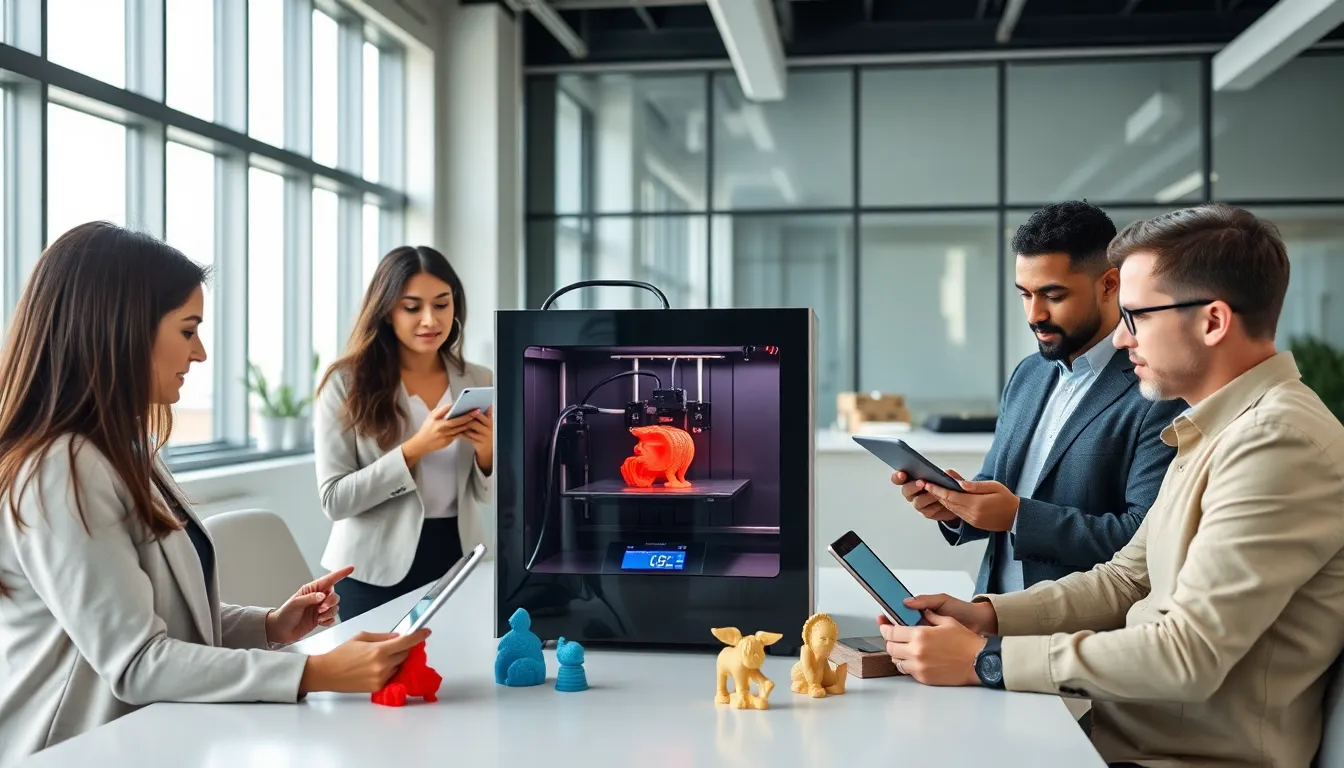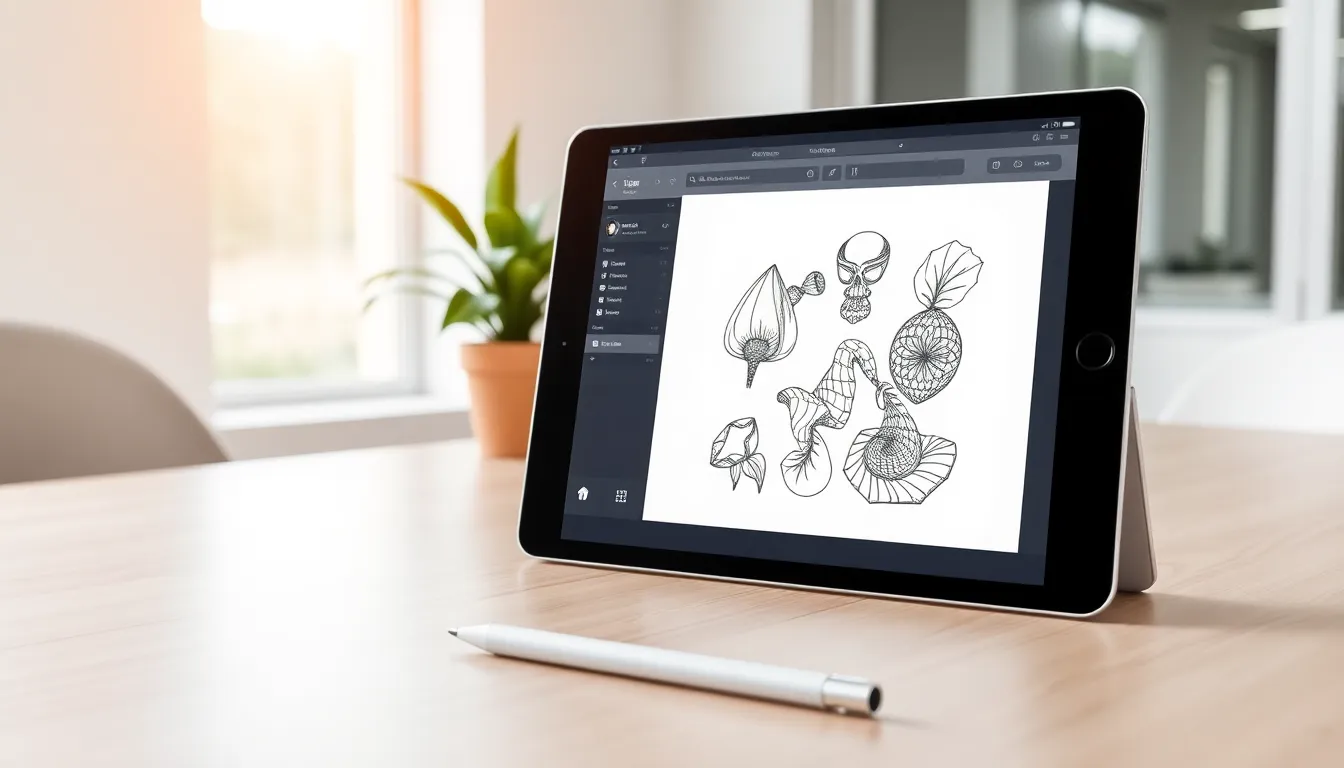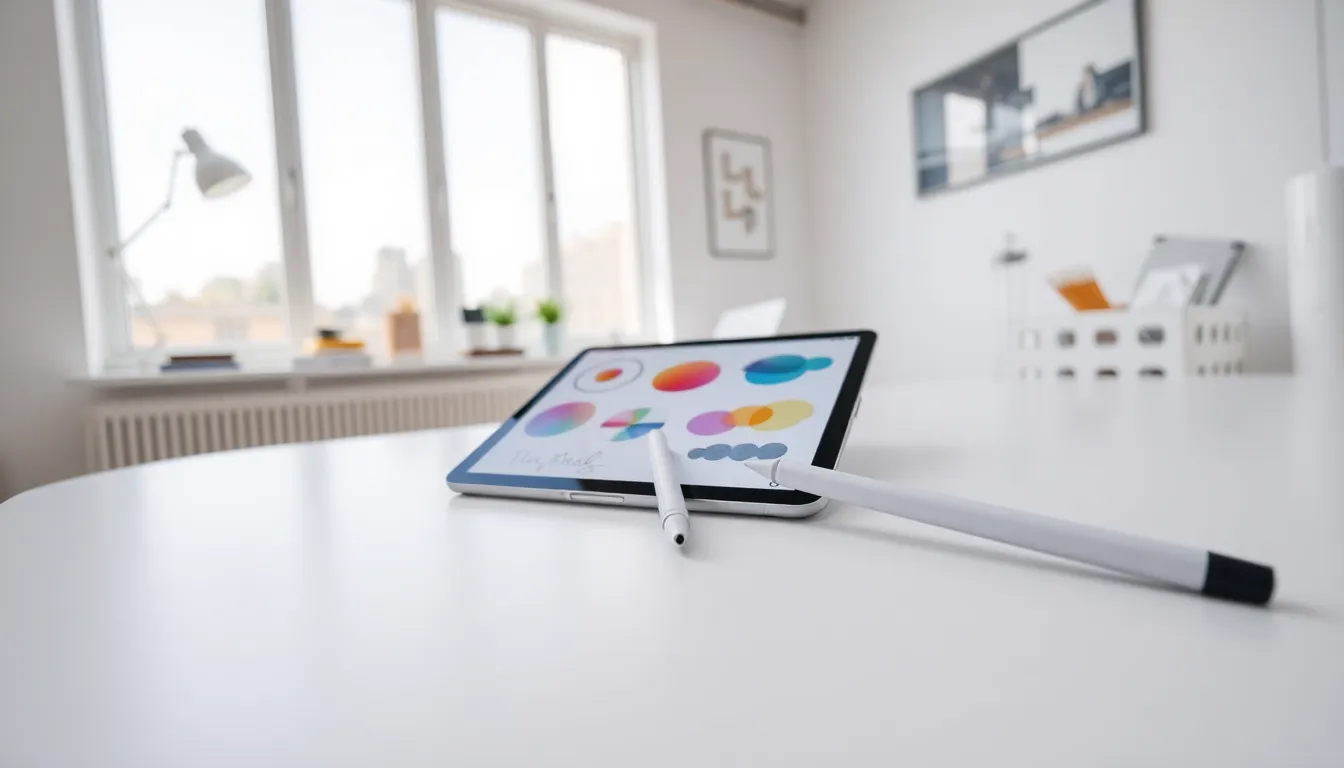Imagine turning your creative ideas into cash while adding some serious tech cred to your profile. That’s right. 3D printing isn’t just a techy buzzword thrown around in nerdy circles: it’s a legitimate way to make a decent income. With a pinch of passion and a sprinkle of savvy, you can transform 3D printing from a hobby into a money-making empire. So, buckle up and let’s investigate into the exciting world of 3D printing profits.
Table of Contents
ToggleUnderstanding 3D Printing Technology

3D printing, also known as additive manufacturing, involves creating three-dimensional objects from a digital file. Layer by layer, material is added to build the product, which can be made from plastics, metals, or even food. The process starts with a digital design, often created in CAD software. That file directs the printer to produce the desired item.
The main types of 3D printing technologies include:
- Fused Deposition Modeling (FDM): This widely-used method melts plastic filament and extrudes it to create objects. Ideal for beginners: affordable printers are readily available.
- Stereolithography (SLA): SLA uses ultraviolet light to cure resin into solidified layers. This method offers higher precision but usually comes with a steeper price tag.
- Selective Laser Sintering (SLS): Using a laser to fuse powders together, SLS produces strong and durable items, commonly used in industrial applications.
Getting acquainted with these technologies is crucial for anyone interested in making money with 3D printing. The more one understands the intricacies, the better positioned they are to exploit market opportunities.
Popular Applications of 3D Printing
In recent years, 3D printing has exploded across various industries, opening up numerous avenues for making money. Some popular applications include:
- Prototyping: Businesses rely on 3D printing to create prototypes before mass production. This is a cost-effective method and significantly speeds up product development cycles.
- Medical Devices: Customized implants, prosthetics, and dental models are all made using 3D printing. This field has monumental growth potential due to the ongoing demand for personalized healthcare solutions.
- Home Decor: From decorative items to furniture, the market for customized home goods is thriving. Crafting unique, 3D-printed home decor can be both fun and profitable.
- Jewelry: Designers are increasingly using 3D printing to create intricate pieces. The beauty of this application lies in the customization options available for clients.
These popular applications reveal that 3D printing can touch many aspects of daily life. Entrepreneurs can leverage these diverse use cases to find niches in which they can thrive.
Creating Your Own 3D Printed Products
Now that the excitement is building, it’s time to roll up the sleeves and create some products. Here are steps to consider:
- Identify a Target Market: Knowing your audience is crucial. Identify a specific niche where your products can shine.
- Design Your Products: Use CAD software like Tinkercad or Blender to create 3D models. Online platforms provide a wealth of resources and designs that can save time.
- Test Your Prototypes: Before mass production, it’s essential to print small batches and test them. Get feedback from potential customers and make necessary adjustments.
- Focus on Quality: Invest in quality materials and printers. Lower-quality products can lead to negative reviews and damage your reputation.
- Craft Unique Selling Propositions (USP): Make your products unique. What sets them apart from others? Is it the design, functionality, or eco-friendliness? A strong USP can drive sales.
Creating appealing and unique products is the bedrock of a successful business in the 3D printing world.
Setting Up a 3D Printing Business
Starting a 3D printing business may seem daunting, but it’s simpler than it appears. Here are some steps to guide budding entrepreneurs:
- Choose a Business Model: Decide whether to focus on selling physical products, offering services like prototyping, or creating custom items for clients.
- Register the Business: Ensure all legal aspects are covered. Register the business, obtain necessary licenses, and get familiar with tax obligations.
- Select Equipment and Materials: Choose the right 3D printers and materials for your hoped-for output and budget. Doing due diligence can significantly lower startup costs.
- Create an Online Storefront: Set up an easy-to-navigate website or consider platforms like Etsy or Amazon to reach a broader audience.
- Network and Collaborate: Attend industry events, join forums, and connect with other 3D printing enthusiasts. Collaboration can lead to new ideas and partnerships.
Setting up a business requires both careful planning and a willingness to adapt. Success comes to those who anticipate challenges and respond proactively.
Marketing Your 3D Printed Products
Once products are ready to roll out, effective marketing strategies can lead to impressive sales. Here are some methods to consider:
- Social Media Marketing: Use platforms like Instagram, Facebook, and Pinterest to showcase designs. High-quality visuals can capture potential customers’ attention and promote sharing.
- Content Marketing: Blogging about the benefits of 3D printing or tutorials can establish authority and drive traffic to your website. Educated customers are more likely to make purchases.
- Email Marketing: Build an email list to inform subscribers about new products, discounts, and events. Personalize communication to enhance engagement.
- Participate in Trade Shows: Attending expos can provide exposure to potential customers and collaborators. In-person interactions form lasting connections.
Challenges and Considerations in 3D Printing for Profit
As with any venture, challenges arise. A few common hurdles in the 3D printing realm include:
- Market Saturation: The growing popularity of 3D printing means increased competition. Identifying unique niches is essential to stand out.
- Material Costs: High-quality materials can get pricey. Entrepreneurs must carefully calculate costs to maintain profitability while ensuring product quality.
- Technical Issues: Printers can be temperamental. Continuous maintenance is vital to keep operations smooth and efficient.
- Intellectual Property: Understanding copyright and patents is essential. Avoiding infringement prevents legal migraines in the future.






